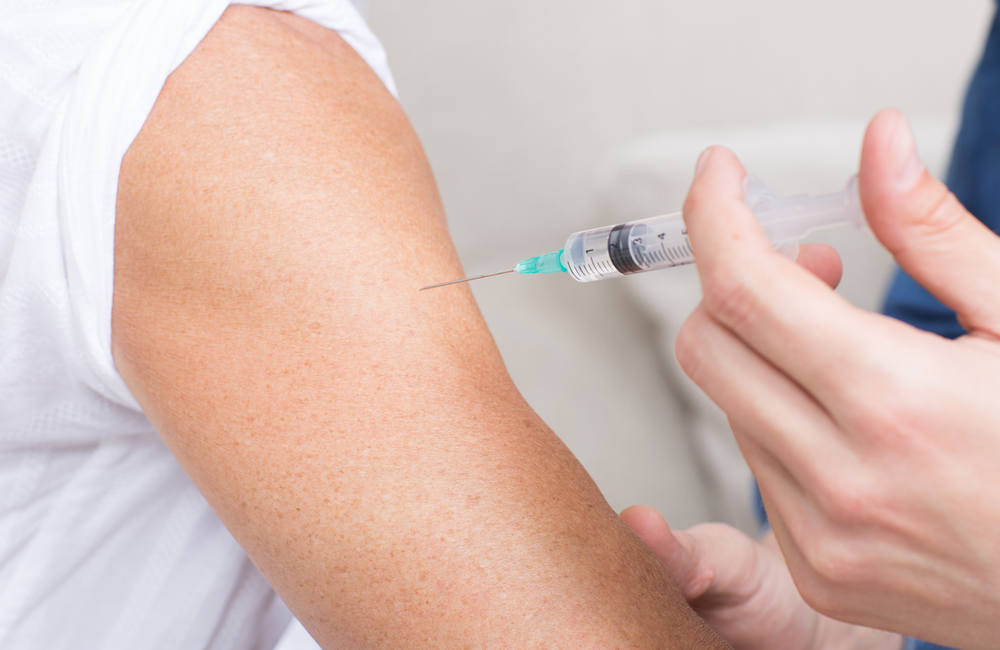
A second case of HIV transmission from someone interrupting their HIV therapy as part of a cure study has been published.
The report, by Dr Ainoa Ugarte, Dr Lorna Leal and colleagues from Barcelona University Hospital (Ugarte reference below) has prompted discussion about whether the HIV-negative partners of people involved in studies that feature so-called analytical treatment interruptions should be offered PrEP as a matter of course.
The first such case, from France, was published in February 2019, but the transmission actually took place in November 2014 (see this report on aidsmap.com, and Lelièvre reference below).
The second case was more recent, from a study that started in 2016 and finished in May this year. Like the French case, the study involved a candidate therapeutic vaccine against HIV. Unlike the French case, which had some puzzling aspects such as the exact route of transmission, this is a clear case of transmission between two male partners via condomless anal sex.
The study, whose description can be read here, involved giving 36 HIV-positive volunteers on long-term stable antiretroviral therapy (ART) a candidate vaccine consisting of dendritic cells that had been repeatedly exposed to an incapacitated version of the subjects’ own HIV.
Dendritic cells are the cells that patrol the surface of the body’s mucous membranes, capture foreign-looking invaders and take them to the lymph nodes, where exposure to immune-system cells generates a response. The hypothesis behind the current trial was that by replicating and amplifying the subjects’ own immune responses to their HIV, a magnified immune response might be generated that would enable them to control their HIV viral load without needing ART.
Many different HIV studies have investigated such vaccines, but currently there is only one way of seeing if they work or at least have some effect – to take the study participant off HIV therapy and to see if their HIV infection becomes detectable again, how soon, and at what viral load. This is an analytical treatment interruption (ATI).
As a paper analysing eleven such studies by the same team shows (Fehér reference below), the HIV virus has rebounded in all 341 volunteers so far, and fairly quickly too: the average time to viral rebound after an ATI was just two weeks, and all volunteers’ HIV had reappeared within 12 weeks of stopping ART. The eventual ‘set point’ viral load in people given ATIs was 0.26 logs (1.8 times) lower – but this would only change an average viral load of, say, 50,000 to one of 28,000, which would still be infections. Fourteen per cent of participants ended up with a viral load more than ten times lower than before ART.
In the current case, the HIV-positive partner was a gay man in his forties who was diagnosed with HIV 12 years before entering the trial; he had been taking ART for four years and was currently on tenofovir/emtricitabine/elvitegravir/cobicistat (Stribild). His viral load had been undetectable (below 50) since he started ART and his CD4 count had stayed above 500.
He received three doses of the dendritic-cell vaccine, which was injected directly into lymph nodes. The day he received the third dose of the vaccine, he was taken off his ART.
His viral load reappeared four weeks after he stopped ART. After another four weeks, he reported symptoms similar to those of acute HIV infection and so was re-started on his previous ART regimen. There was therefore a period of just over four weeks during which he was infectious.
The HIV-negative partner of the trial volunteer was also in his 40s and had last had a negative HIV test four months before the ATI. After his partner’s ATI, he reported symptoms similar to his partner and at that point was unmistakably HIV positive, according to two fourth-generation HIV antibody tests. His viral load was average – 36,300 copies – but his Western Blot test was negative. Western Blot shows the evolution of immune responses to a number of different HIV antigens (components) and as these take longer to develop individually, a negative western blot is evidence of a recent infection. His CD4 count was 846.
When his HIV’s genetic code was sequenced, it proved to be identical to his partner’s, showing that this was indeed a transmission between the couple (who were not monogamous and had had STIs in the past).
"There is only one way of seeing if an HIV cure works – to take the study participant off HIV therapy and to see if their HIV becomes detectable again."
He was put on the same regimen as his partner and was virally undetectable within six weeks.
The authors state that, before the HIV-positive partner had his ART stopped, “Due to the risk of HIV transmission that this entails, the participant and his partner were informed in detail of the need to use HIV prevention methods during the ATI…such as condoms and post-exposure prophylaxis (PEP)”.
PrEP was not offered but, in their discussion section, the authors say that “The implementation of PrEP is still restricted in some countries because of the lack of approval from government authorities, and that is the case in Spain.”
PrEP was not reimbursed by the Spanish health system until September this year – see this presentation from the PrEP in Europe 2019 Summit – and some of its regional governments will soon set up PrEP programmes. But PrEP has been available either within clinical trials or as generic PrEP bought online, but clinically supported at Barcelona Checkpoint for two years – see this report. Dr Leal told aidsmap.com that her team was now fully aware of the work of the Barcelona PrEP clinic, adding that “Whenever it is possible we refer to their centre”.
Dr Leal and colleagues mention that PrEP has been proposed by other authors as a way of preventing HIV infection in cure-related trials, and add that “finding the best option to prevent secondary transmission is mandatory, since ATI remains the most frequently recommended intervention to analyse the impact of cure-related strategies.”
She told aidsmap.com: “I think there is now no reasonable justification to not offer PrEP during an ATI, so I hope it becomes standard practice.”
Ugarte A et al. Unintended HIV-1 infection during analytical therapy interruption. Journal of Infectious Diseases, early online publication, 19 November 2019.
https://doi.org/10.1093/infdis/jiz611
Lelièvre J-D and Hocqueloux L. Unintended HIV-1 Transmission to a Sex Partner in a Study of a Therapeutic Vaccine Candidate. Journal of Infectious Diseases 220:S5-S6, 02 July 2019. You can read more about this study in our news report.
https://doi.org/10.1093/infdis/jiz012
Fehér C et al. Virological outcome measures during analytical treatment interruptions in chronic HIV-1 infected patients. Open Forum Infectious Diseases, early online publication, 13 November 2019 (open access).

